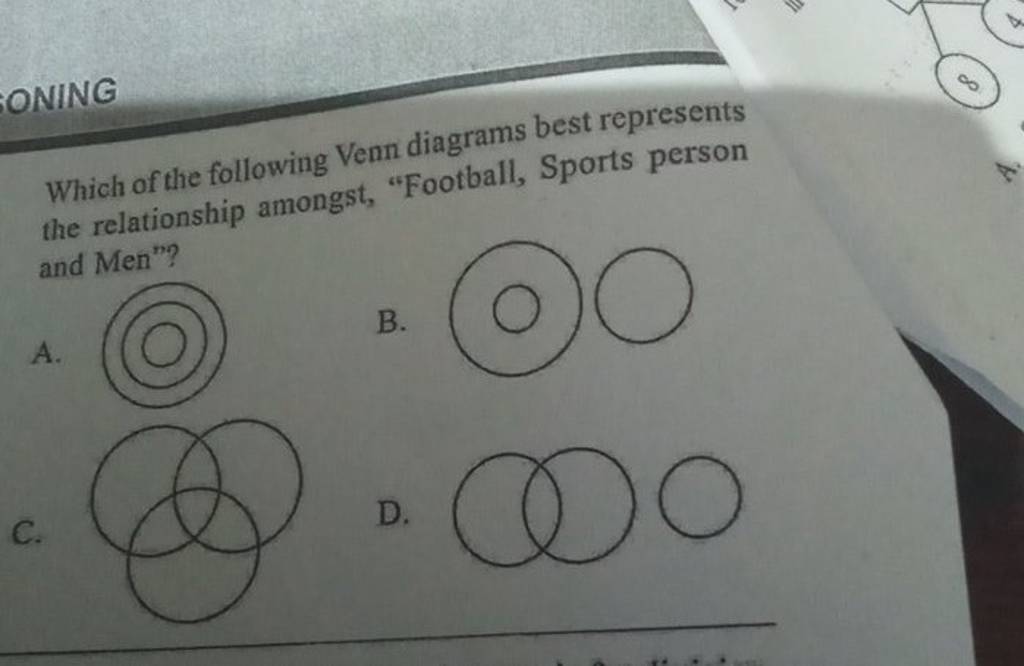Aquatic Environmental Responsibility: Actions That Make a Difference
Understand aquatic environmental responsibility
Our planet’s aquatic environments face unprecedented challenges. From plastic pollution to chemical runoff, human activities have place tremendous pressure on oceans, lakes, rivers, and other water bodies. Take responsibility for the aquatic environment mean recognize our impact and make conscious choices to protect these vital ecosystems.

Source: gusgomez.weebly.com
Responsible actions toward aquatic environments aren’t equitable good for water quality and marine life — they finally benefit human communities that depend on healthy water systems for food, livelihoods, and recreation.
Reduce plastic pollution
Possibly the near visible threat to aquatic environments is plastic pollution. Every minute, the equivalent of one garbage truck of plastic enters our oceans. This plastic break down into microplastics that harm marine life and enter the food chain.
Eliminate single use plastics
Take responsibility mean reduce or eliminate single use plastics from your daily routine:
- Replace plastic water bottles with reusable alternatives
- Bring your own shopping bags to stores
- Skip plastic straws and utensil
- Choose products with minimal packaging
- Use refillable containers for household products
Participate in beach and waterway cleanups
Direct action make an immediate difference. Volunteering for organized cleanups or collect trash during your visits to beaches, lakes, or rivers prevent debris from enter aquatic systems. Many communities host regular cleanup events that combine environmental stewardship with community building.
Mindful chemical use
What goes down our drains finally reach waterways. Chemicals from household products, lawn care, and personal care items can disrupt aquatic ecosystems flush in small amounts.
Choose eco-friendly products
Responsible consumers select biodegradable, phosphate free cleaning products and personal care items. Look for labels indicate products are safe for aquatic environments. Remember that” natural ” oesn’t perpetually mean environmentally safe — check ingredients cautiously.
Proper disposal of hazardous materials
Ne’er pour chemicals, medications, paints, or oils down drains or toilets. Most communities offer hazardous waste collection services for proper disposal of these materials. One quart of motor oil can contaminate 250,000 gallons of water, highlight why proper disposal matters.
Reduce pharmaceutical pollution
Unused medications should ne’er be flush down toilets. Pharmaceutical compounds can affect aquatic life yet at really low concentrations. Many pharmacies and health facilities offer take back programs for safe disposal of medications.
Responsible boating and water recreation
How we enjoy water activities instantly impact aquatic environments. Responsible recreation mean minimize our footprint while enjoy these natural resources.
Prevent fuel and oil spills
Boat owners demonstrate responsibility by:
- Maintain engines to prevent leaks
- Use absorbent materials when fuel
- Install fuel overflow prevention devices
- Use oil absorb bilge pads
Respect marine habitats
When boat or diving, maintain safe distances from coral reefs, seagrass beds, and sensitive shorelines. Anchor exclusively in designate areas to avoid damage underwater habitats. Yet touch coral can harm these delicate organisms that take decades to grow.
Prevent invasive species spread
Clean, drain, and dry boats and equipment when move between different water bodies. Invasive species can devastate native aquatic ecosystems when transport from one waterway to another. This simple practice help maintain biodiversity in our lakes and rivers.
Sustainable seafood choices
Our food choices straightaway impact marine environments. Overfishing has depleted many fish stocks global, while certain fishing methods damage habitats and result in significant bycatch.
Use seafood guides
Organizations like the marine stewardship council and seafood watch provide guides to help consumers choose sustainably harvest seafood. These resources identify species that are being manage responsibly and those face population challenges.
Diversify seafood choices
Expand your seafood preferences beyond popular options reduce pressure on overfished species. Consider try smaller fish low-spirited on the food chain or explore sustainably farm options that have minimal environmental impact.
Water conservation
Excessive water withdrawal from rivers, lakes, and aquifers harm aquatic ecosystems by reduce habitat and concentrate pollutants. Responsible water use help maintain healthy flow levels in natural waterways.
Reduce indoor water use
Simple changes make significant differences:
- Fix leaky faucets and toilets quickly
- Install water efficient fixtures
- Run full loads in dishwashers and washing machines
- Take shorter showers
- Turn off taps when not actively use water
Practice water smart landscaping
Outdoor water use oftentimes account for the majority of household consumption. Responsible landscaping include:

Source: pacinst.org
- Choose native, drought resistant plants
- Collect rainwater for garden use
- Water during cooler hours to reduce evaporation
- Use drip irrigation systems
- Reduce lawn size in favor of more water efficient options
Reduce runoff pollution
When rain fall on impervious surfaces like roofs, driveways, and streets, it collects pollutants before flow into storm drains that oftentimes lead instantly to waterways without treatment.
Create rain gardens
Rain gardens are shallow depressions plant with native species that capture runoff and allow it to infiltrate slow into the ground. These natural filters remove pollutants before water reach streams or groundwater. Flush small rain gardens can process significant amounts of runoff from roofs or driveways.
Minimize fertilizer and pesticide use
Chemical lawn treatments oftentimes wash into waterways, cause algal blooms and harm aquatic life. Responsible property owners:
- Test soil before apply fertilizers
- Use slow release, organic options when need
- Apply solely the minimum necessary amount
- Ne’er apply before heavy rain
- Maintain buffer zones near water features
Advocacy and education
Individual actions matter, but systemic change require collective effort. Responsible citizens amplify their impact through advocacy and education.
Support water protection policies
Stay informed about local and national policies affect water quality. Contact elect officials to support strong clean water protections and enforcement. Participate in public comment periods for permits or regulations that could impact aquatic environments.
Educate others
Share knowledge about aquatic environmental issues with friends, family, and community members. Social media provide platforms to spread awareness about responsible actions. Consider organize educational events or workshops focus on water protection.
Join conservation organizations
Many organizations work specifically on water and marine conservation issues. Join these groups amplify your impact through collective action and provide opportunities to participate in research, restoration, and advocacy efforts.
Support watershed restoration
Healthy watersheds — the land areas that drain to specific water bodies — are essential for aquatic ecosystem function. Restoration efforts help recover damaged systems.
Participate in planting projects
Volunteer for riparian buffer restoration projects that plant native trees and shrubs along waterways. These vegetation zones filter pollutants, prevent erosion, provide wildlife habitat, and moderate water temperatures. A single day of volunteer planting can will establish hundreds of trees that will protect streams for decades.
Support wetland protection
Wetlands serve as nature’s water filters and provide critical habitat for countless species. Support conservation easements and policies that protect these valuable ecosystems from development. Consider donate to land trusts that preserve wetland areas.
Responsible fishing practices
Recreational fishing can be compatible with aquatic conservation when do responsibly.
Practice catch and release
When appropriate, use catch and release techniques that minimize stress and injury to fish. Use barbless hooks, keep fish in the water when possible, and handle them with wet hands to protect their protective slime coating.
Follow fishing regulations
Fishing limits and seasons are design to maintain healthy fish populations. Responsible anglers know and follow all local regulations, report violations, and stay informed about changes to rules that protect vulnerable species.
Right dispose of fishing line and tackle
Discard fishing line and tackle can entangle and kill wildlife for years. Invariably collect and decent dispose of broken line, use hooks, and other fishing waste. Many fishing areas nowadays provide specialized recycling containers for monofilament line.
Make a last difference
Responsibility toward aquatic environments isn’t about perfection — it’s about consistent improvement in our relationship with water ecosystems. Each positive action, nobelium topic how small, contribute to healthier aquatic environments.
The virtually powerful approach combine multiple strategies: reduce consumption, choose sustainable alternatives, participate in direct conservation actions, and advocate for protective policies. Unitedly, these actions create meaningful change for our planet’s precious water resources.
By embrace responsibility for aquatic environments, we protect not but water quality and marine life but besides the human communities that depend on healthy aquatic ecosystems for drinking water, food security, economic opportunity, and quality of life.



